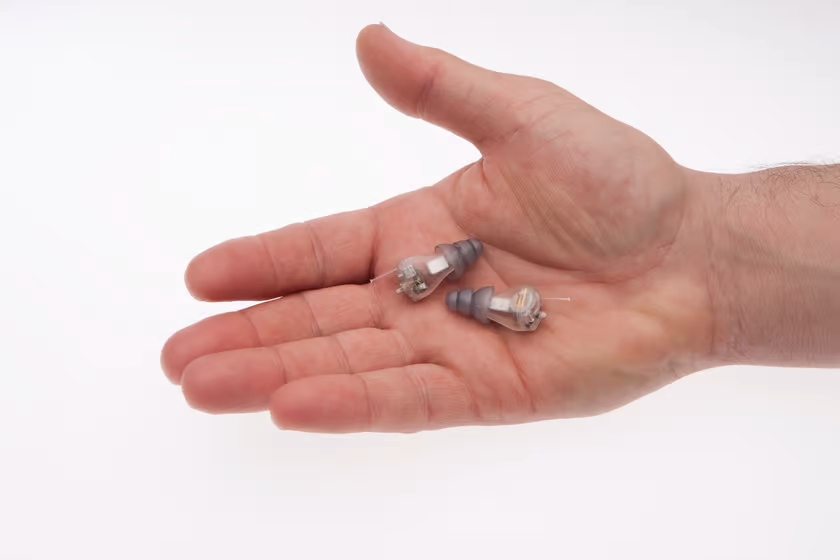Korean researchers envision 3-D on OLED displays for smartphones and other gadgets
Three-dimensional television and the like got a major marketing push nearly two years ago from the consumer electronics and entertainment industries, yet the technology still has major limitations. Whereas glasses-free 3-D on television screens and computer monitors is seen as crucial to generating widespread interest in new consumer electronics, for the most part, viewers still need to wear glasses to experience stereoscopic 3-D images, although glasses-free TVs are starting to hit in Japan.
The use of 3-D sans specs has been much more successful in smaller screens such as smartphones and portable gaming devices. But these LCDs must be backlit to work properly—which can be a big battery drain and limits how small the gadgets can be made.
Now a team of researchers in South Korea is developing an approach to autostereoscopic 3-D using tiny prisms that would enable viewers to see three-dimensional images without glasses on organic light-emitting-diode (OLED) screens. Because OLEDs do not need to be backlit—they get their lighting from organic compounds that emit light in response to electric current—they can be thinner, lighter and more flexible than LCDs. The innovation is detailed in a paper published in the August 30 issue of Nature Communications. (Scientific American is part of Nature Publishing Group.)
The researchers—from Seoul National University, Act Company and Minuta Technology—used an array of microscale prisms placed on a screen to create a filter that guides light directionally. Using such a prism array—which the researchers refer to as a lucius prism after the Latin word meaning “shining and bright”—they were able to display an object on the screen that could be seen only when viewed from a particular angle. They were also able to manipulate light intensity such that two distinctly different images could be shown from the same screen—one to a viewer’s left eye and a second image to the right eye. Seeing the two images together creates a sense of depth that the brain perceives as 3-D, without the help of special eyeglass lenses. (Click here to see an interactive graphic illustrating the principle of autostereoscopic display created by New York University computer science professor Ken Perlin.)
The lucius prism array described in the paper is a four-centimeter square, yet the researchers estimate the size could be enlarged to that of a smartphone screen or even a video monitor. The prism array was made from photocurable polyurethane acrylate (PUA), although any kind of transparent polymer could be used, says Hyunsik Yoon, a professor at Seoul National University’s School of Chemical and Biological Engineering in South Korea and a researcher on the project.
Another approach to glasses-free 3-D has been to generate 3-D holograms. Researchers at the University of Arizona’s College of Optical Sciences (OSC) in Tucson, Ariz., last year reported developing technology that can write and rewrite such holograms onto a photorefractive polymer every two seconds using a laser. Whereas fluid motion via such holographic images remains elusive, OSC’s pulsed laser can write information into an array of holographic pixels, or hogels, that convey three-dimensional depth by showing different sides of the object depending on the viewer’s angle to the hologram. It can be used to provide full parallax—viewers can move not only from side to side but also up and down to see different perspectives, according to Nasser Peyghambarian, chair of photonics and lasers at OSC.
Yoon notes the distinction between his work and that of OSC: “The work done by Peyghambarian is about the hologram-type autostereoscopic 3-D display. Although it could be the ultimate goal of 3-D displays, our optical film can be used and is applicable for commercialized LCD and OLED devices by just putting the film on the display panel.” The 3-D display’s resolution can be improved by shadow mask technology already developed in the OLED industry to deposit materials on selective areas, Yoon adds. One criticism of shadow mask evaporation, however, is that it does not scale well to large-size screens and is not conducive to high-volume manufacturing, although this is not likely an issue yet for Yoon and his colleagues (pdf).
Bookmark this page for “Glasses-Free 3-D” and check back regularly as these articles update on a very frequent basis. The view is set to “news”. Try clicking on “video” and “2” for more articles.









